CONSERVATION CORNER
A weekly blog for all things conservation
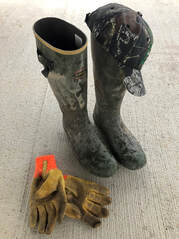 By: Nathan Dewing, Agricultural Team Leader Rest comes in sevens. We see a significance in the number seven from the very beginning of written history. Principles woven into the natural world’s design are affecting us, aware or not. Learning to work with them causes prospering. Rest is integral to success in any business, and in particular the farm. Sometimes it’s counter intuitive.
1 Comment
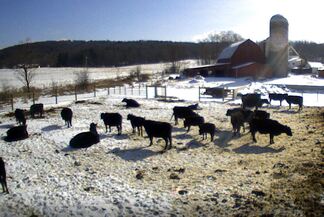 By: Nathan Dewing, Agricultural Team Leader Conditions get tough for managing livestock in the winter. It can be stressful for animals, farmers, and our natural resources. Let’s consider steps to dramatically decrease cold snap stress. If a farmer can cut the wind and give his animals a solid place to land their feet, our winter temps will cause little stress. If relatively dry with a barrier against bitter wind, our animals like 15 degrees F, better than 90 degrees. 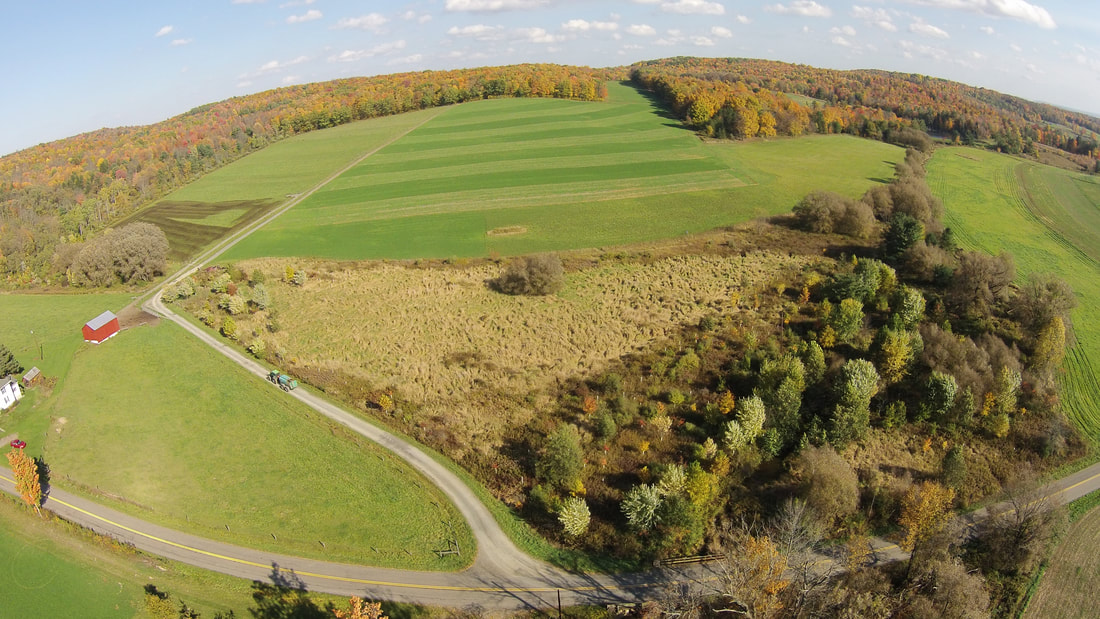 By: Nathan Dewing, Agricultural Team Leader, Bradford County Conservation District Life is drawn to water. We all can relate to that. Land bordering waterways and waterbodies is teaming with life. Riparian is a term literally meaning “riverbank”, or land beside the water. How we manage our riparian land has far reaching effects. Therefore, the conservation district gives considerable attention to equipping landowners to manage them well. Current focus on the Chesapeake Bay watershed is opening many opportunities for landowners wishing to improve riparian areas, including grant funding, plant materials, and more. 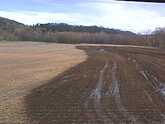 An Excerpt from Pennsylvania’s Nutrient Management Program Nutrient management traditionally has been concerned with optimizing the economic returns from nutrients used to produce a crop. More recently, nutrient management also has begun to address ways to minimize the negative impact of nutrients on the environment. Programs such as the Chesapeake Bay Program and the Nutrient Management Act in Pennsylvania have focused attention on improving nutrient management on Commonwealth farms. 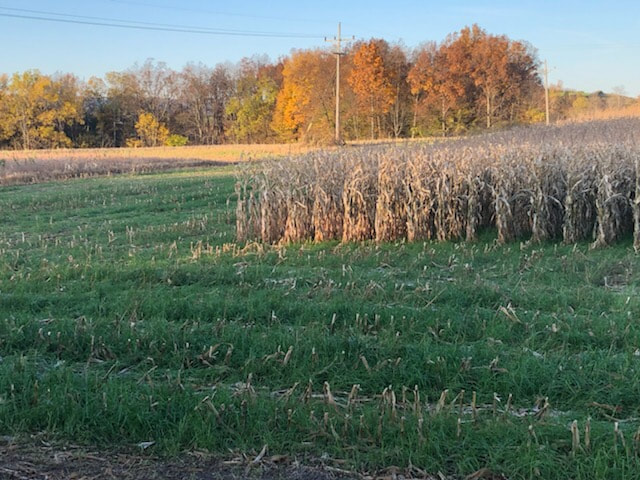 By: Kevin Brown, Agricultural Resource Specialist, Bradford County Conservation District If you have, or intend to, plant cover crops, please read this column. We all hear the benefits touted about cover crops- less erosion, having a living plant in the ground at all times, alleviating compaction, retaining nutrients for the next crop, giving food and shelter to microbes in the soil, and so on. It is a great list and will do some miraculous things to the soil. Try it on a limited basis, if you haven’t already. Then get a shovel out and really look at what happened. There are some benefits that definitely go with cover crops. However, there are some things you should know beforehand that really can affect how those cover crops grow. We have two years under our belt now with our highboy planter. It has been a couple really wet years, so they haven’t been the best, but we have learned some interesting things that I think need to be shared. They are things that I have NOT heard in any other cover crop presentation. It’s like, “plant them and life will be good”. Well, not here. We have really struggled to get some good crops growing, but with the lessons learned, I think that will change. 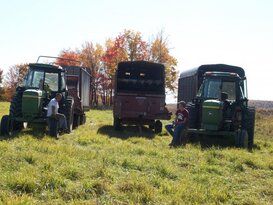 By: Miranda Neville, Agricultural Resource Specialist Every spring all of the farmers I know start to get super antsy and excited to get planting done, only to roll right in to hay season (or whatever crops they grow), then followed immediately by corn harvest in the fall. There is no time for breaks, just a lot of racing to beat the next rainstorm and praying for good summer sun. When they’re planting those seeds, they are planting hope; hope for the future, but it’s important not to forget to take some time every now and then to admire the present moments. 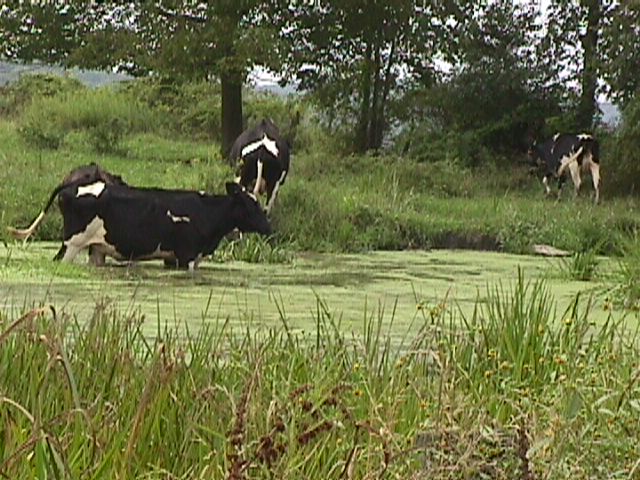 By: Kevin Brown, Agricultural Resource Specialist, Bradford County Conservation District Most animal owners that I know of have animals for one reason. “They enjoy them”. Plain and simple. No matter the species, people love their animals and caring for them brings great comfort. Had a bad day at work, go visit your animals. Been cooped in for 6 months because of COVID (Yep, I just did that. Can’t have a conversation without anymore), go visit your animals. They just make you feel better. It is relaxing and uncomplicated. We hear about “comfort pets” all the time on TV. They just have that effect. Now, because they make us feel so much better, and we love them so much, doesn’t it make sense to do what is right for them? Shouldn’t we show them a little gratitude? How do I propose you do that? I am sure there are the common ways that you are thinking (petting, treats/grain, riding them, etc.). Let me bring up an area that one probably never thinks of - their surroundings. Their day-to-day life. Bear with me and let me explain. 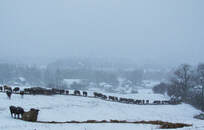 By: Guest Columnist, Troy Bishopp, Grazing Specialist, Upper Susquehanna Coalition It’s amazing how ignorant I have been in following the tradition of feeding hay to my animals. Once you’re in this agricultural paradigm for so long it’s hard to break the cycle of thinking. It wasn’t until I actually looked at my farm’s displaced fertility levels from a nutrient management plan that I started to question my hay feeding practices and the labor it took. 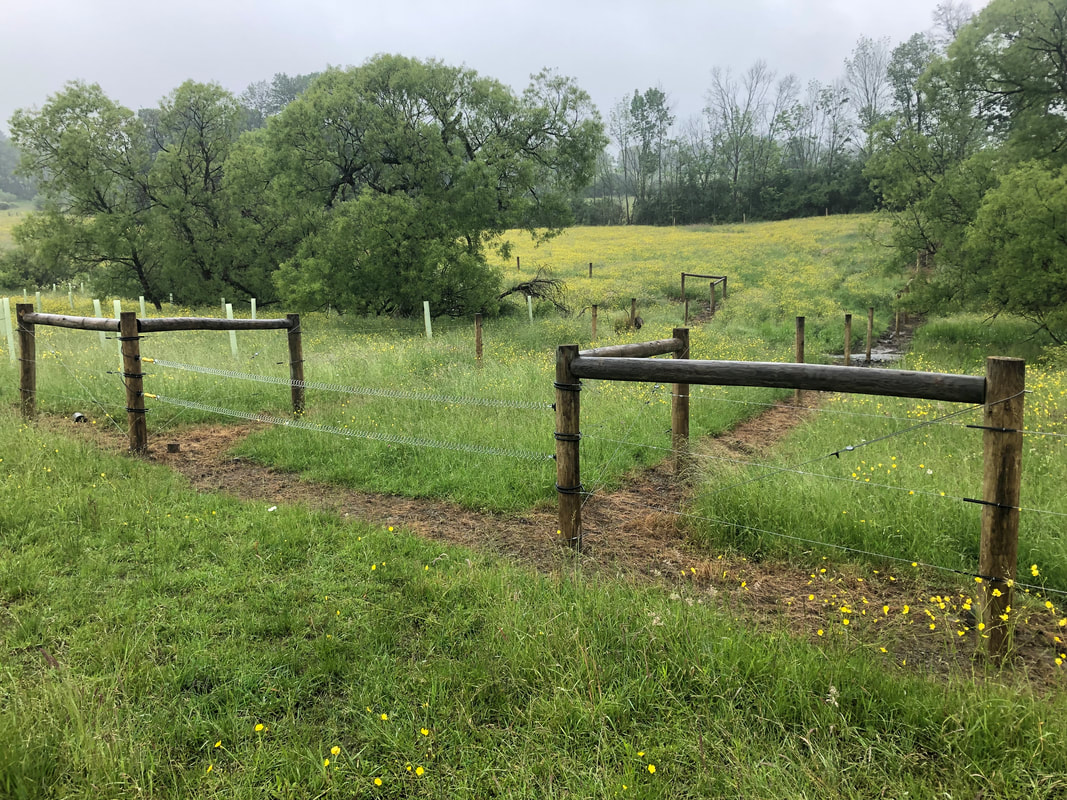 By: Nathan Dewing, Agricultural Team Leader The abundant grass crop in Bradford County leaves growers considering their options for managing it. Harvest for storage as livestock feed is the most common decision, but it’s not the only one. Many acres are used for wildlife food and cover. And many acres are harvested another way – by grazing livestock. Grazing is often considered an efficient means of harvesting grass because it can be done with little or no power equipment. Many grazers say that livestock have four legs for a reason – so they can go harvest their own food! At a minimum, the infrastructure needed to make this happen is a fence and some water. The last article explored decisions involved with supplying water. Now let’s consider the fence. A producer first ought to ask the question “Could this be done without a fence?” There might be a way and innovators should keep exploring possibilities. For now however, the answer overwhelmingly is “You will need a fence.” |
AuthorsVarious staff at the Bradford County Conservation District Archives
April 2024
Categories
All
|
